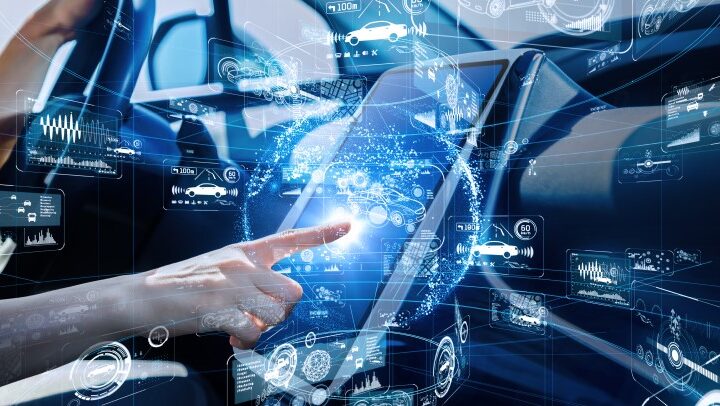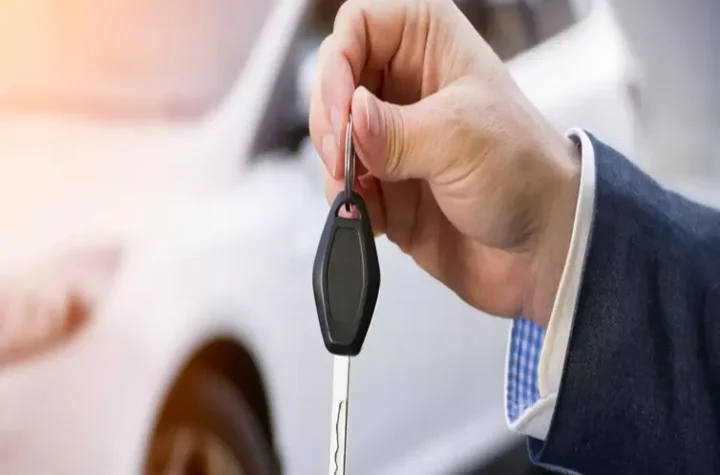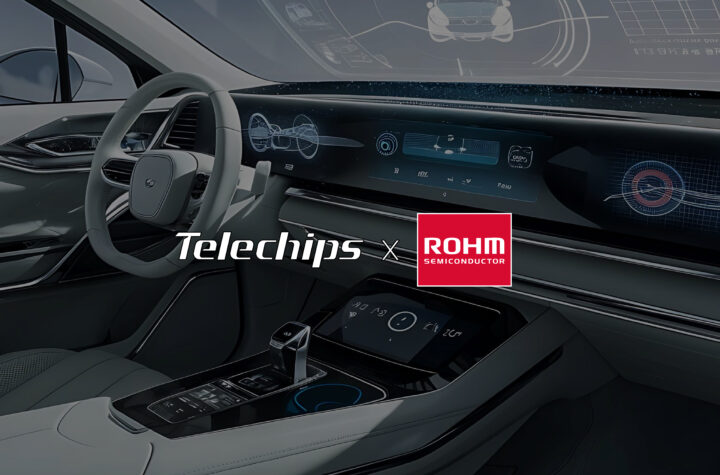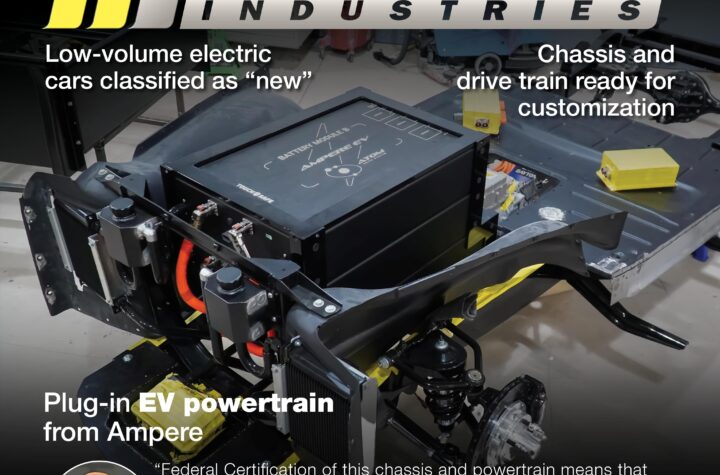
There is no “one size fits all” when it comes to powertrains – particularly for global companies such as Ford.
The use of the word “powertrain” to replace “engine” sums up the way the market has changed in response to demands from both consumers and legislators. Today’s “powertrain” could be fired by, amongst others, gasoline, diesel, biofuels, electricity, hydrogen, natural gas, methane, compressed air – or any combination of them.
Ford’s current focus is on reducing emissions and fuel consumption through its EcoBoost technology. Plans call for an EcoBoost engine to be available in 80% of the company’s global nameplates and 90% of North American nameplates. About half of the 1.5 million EcoBoost engines are expected to be sold in North America, while the rest are to be sold in Europe, South America and Asia Pacific regions.
One thing is certain – there will all have far-reaching impacts on the supply chain. Automotive Industries (AI) asked Barb Samardzich, vice president of Powertrain Engineering at Ford Motor Company how Ford’s Aligned Business Framework (ABF) of preferred suppliers affect companies currently outside the network.
Samardzich: By no means does the ABF process indicate that the door is closed. We always evaluate new potential suppliers into the base. There are a lot mechanisms for suppliers to get a foot into door. One of the most important and easiest ways to get in the door is with new technologies. Bring us your new technologies. What we are looking for with the One Ford programme is developing one product that we can produce around the globe. We are looking for a supply base that can come with us on that journey.
AI: What about local suppliers – does globalisation exclude the smaller local suppliers altogether?
Samardzich: The key is that there is no one right answer for every region. There is always a set of components where we can work with the regional supply base. In Europe, China, South Africa and elsewhere, we work with the regional supplier base.
AI: How involved are the suppliers in R&D for new technologies, such as EcoBoost?
Samardzich: The door is open. Clearly, we work hand in hand with turbo supplier, the direct injection supplier, etc.
AI: How does Ford plan to meet the new engine standards (Tier 4 interim stage 3 B standards)?
Samardzich: Our intent is not just to meet the various regulatory standards. Our intent is to meet our customer expectations. Customers are increasingly more environmentally conscious, and are driving environmental standards equally as hard as the legislators.
AI: Are the Tier 1 suppliers expected to audit further down the value chain to ensure quality standards are met?
Samardzich: Definitely. We can’t be in a quality class on our own. We absolutely need the whole supply base to come with us. We expect Tier 1 suppliers to work with Tier 2 to help them understand and meet the quality standards. It is in the Tier 1’s best interest, as it helps optimise cost savings. Every defect (from a supplier lower down the chain) built into the product is money out of the door. So, we are absolutely looking for all our suppliers to work at the same level. Ford has gone down to the Tier 4 level to help a Tier 1 supplier meet quality standards. We try to get it right up front so we do not have problems when we start production.
AI: Ford is continuing to develop a range of powertrains – from engines for muscle cars to electric motors. Why not standardise in the light of your global One Ford programme?
Samardzich: What we have is a huge variety of customers purchasing Ford products. We must meet the needs of all our customers. In general, the EcoBoost strategy is to downsize the engine and upsize the performance. There is no sacrifice on power – our objective is to surprise and delight with the power the engines produce. The torque curve is very diesel-like, giving improved fuel efficiency and performance. There are also certain subsectors, which need traditional large-sized engines. Take, for example, our 6.7-litre diesel for super duty trucks. If you are working on a construction site, you need to have it. At the same time you need the most fuel efficient product. So, what we are doing, is helping our customer satisfy the physical requirements of the working vehicle in order to make a living.
Then there is always the enthusiast, like Mustang owners. They want to indulge in sporting activities such as drag racing and track racing, and they like a big V-8. Just like any other segment around the globe, they have their own preferences. Mustang owners tend to do a lot of work on their own vehicles, and add on after-market equipment, so they want technology under the hood that they can work on. So we put it in for them.
AI: Ford is also committed to the development of electric power trains. Where does this fit in the organisation in relation to the gasoline and diesel engines? Will we see separate ranges, or will a Fiesta come with a diesel/gas/electric power train option?
Samardzich: An electric power train is still a power train – and is part of my power train department at Ford. Again, there is no single answer or solution. A global platform needs a variety of propulsion systems, depending on public policy, and customer preferences. We will see the first manifestation of this over the next two and a half years, we will have a C-Segment car with a choice of full hybrid, full electric and conventional propulsion systems. Once we can offer the full range, it will be up to the marketing teams to determine the right offerings for a particular market.
AI: What is expected of suppliers in terms of electric powertrain development?
The same type of thing looking for from suppliers of existing technology. We are looking for the latest and greatest technology innovation delivered to our standards of quality. One of the keys to delivering full electric vehicles is the battery pack. We are looking at new core technology in terms of the cell chemistry and the cooling of the battery pack. So, we are looking for partnerships through which we can integrate their technology.
AI: What is the “next big thing” in terms of Ford powertrain development?
I am just as anxious to see that. One would have a hard time putting a bet on that as there are so many external factors. They include the price of fuel, the type of fuel being used in a region, such as ethanol in Brazil, diesel in Europe, gasoline in North America, and a case of “wait and see” in China. Right now, Ford is making sure we are technology capable. The solution globally is going to be a lot of different answers.
Sustainable technology
“We are focused on sustainable technology solutions that can be used not for hundreds or thousands of cars, but for millions of cars, because that’s how Ford will truly make a difference,” says Barb Samardzich, Ford’s vice president of powertrain engineering.
The technologies include:
Electrification: Ford has committed US$1-billion to build plug-in, hybrid and battery electric vehicles and a plant that will assemble battery packs for these vehicles. The Transit Connect Electric is being launched in 2010, while the Focus Electric is due in 2011. A hybrid and a plug-in hybrid will be built off Ford’s global C platform, which underpins the Focus. Ford also plans to move battery pack production from Mexico to Michigan to support the production of electric and hybrid vehicles.
Six-speed transmissions: By the end of 2012, 98% of Ford North American vehicles will be equipped with fuel-efficient six-speed transmissions. A six-speed transmission can improve fuel economy between 4 and 6%, according to Ford.
Stop/Start systems: By 2014, as many as 20% of Ford’s global nameplates could be equipped with stop/start systems. Ford says a stop/start system can reduce fuel consumption and emissions by around 5%, depending on conditions.















More Stories
Southfield Classics utilizes Ampere EV engineering to become the first manufacturer to achieve Low Volume Vehicle Manufacturer Certification
AVL ThermalLab™ brings dynamic road VTMS conditions to the laboratory
Sika – where battery storage technology for EVs, wind and solar meet